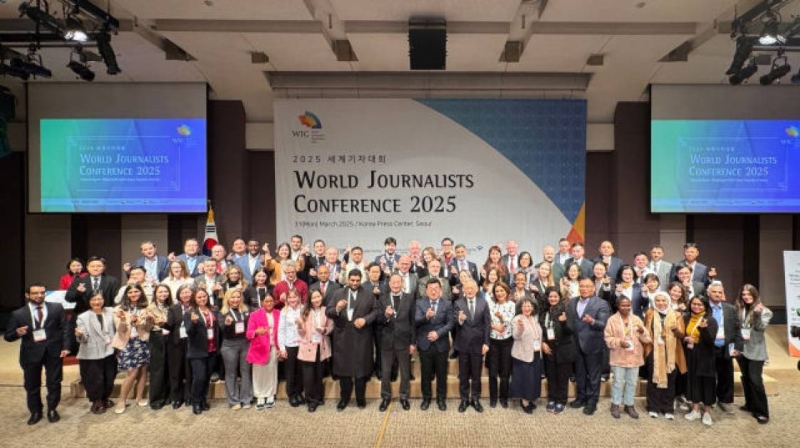Global tourism rises by 10pc in 2004
Global tourism rises by 10pc in 2004
Published: 12:00 am Feb 22, 2005
Himalayan News Service
Kathmandu, February 22:
After three years of stagnant growth, international tourism experienced a spectacular rebound in 2004.
According to a recent release on tourism performance by WTO World Tourism Barometer in Thailand, international tourist arrivals reached an all time record of 760 million - an increase of 10 per cent over 2003.
However, in Nepal, says Tek Bahadur Dangi, chief executive officer of Nepal Tourism Board (NTB), “Tourist arrivals in 2004 increased by 13 per cent. India’s tourist arrival growth was 23 per cent in the same year”.
Earlier, major tourist arrivals in Nepal were from India, USA, Japan, UK, Germany, France, Netherlands and Spain. But nowadays, after India, UK comes second, informs Dangi.
According to information supplied by United Nations Information Centre (UNIC), UNDP Kathmandu, growth was common to all regions, but was predominantly strong in Asia and the Pacific (29 per cent) and in the Middle East (21 per cent). Double-digit growth was also registered in the Americas (10 per cent), while Africa (seven per cent) and Europe (four per cent) performed below the world average, but still substantially improved their results over the previous years.
According to the UNIC statement, 2004 was marked by the strong rebound in Asia and the Pacific after the setbacks suffered in 2003 under the blow of SARS, by the return of the Americas to positive results and by the re-distribution of overall tourism flows in Europe and in the Americas under the effects of the US dollar and Euro exchange rates.
“As we foresaw in October, tourism in 2004 reached a record 760 million international tourists arrivals and the best growth rate of the last 20 years,” WTO secretary general Francesco Frangialli was quoted as saying in the report.
In the context of double-digit world tourism revival, Europe reports the lowest result of all regions. International tourist arrivals grew by four per cent to a total of 414 million, driven in particular by the excellent performance of countries in central and eastern Europe (10 per cent) and in northern Europe (seven per cent).
UNIC’s statement said that 2004 was definitely the year of full recovery in Asia and the Pacific as the region attained a 29 per cent growth rate, receiving an estimated volume of 154 million tourist arrivals. Despite internal upheavals on the political front, visitors coming to Nepal in 2004 reached a total of 379,027, according to Nepal Tourism Board (NTB).
“Growth in total arrivals has been largely contributed by a remarkable increase in land arrivals of 29 per cent, as arrivals by air increased only by nine per cent to 288,356. Land arrivals reached a total of 90,671,” according to NTB. This was indicated in the figures released recently by the Department of Immigration.
For the total arrival figures in 2004, most major tourist generating markets however, recorded a negative growth. “The UK, USA, Taiwan, Japan, Germany and China markets showed a decline of 20 per cent, nine per cent, 27 per cent, 29 per cent, 13 per cent and 62 per cent respectively,” NTB says.
However, some markets like Australia, France, the Netherlands and Spain registered a positive growth of one per cent, two per cent, 24 per cent, 18 per cent respectively. Similarly, Bangladesh and Pakistan also grew by 32 per cent and 35 per cent, respectively. Israel recorded a sharp increase by 108 per cent, while the Indian market remained almost static during the period compared to previous year.
According to the NTB data, visitors arrivals to Nepal by air in January 2005 reached a total of 19,032, registering a decline of 16 per cent, compared to the same month in 2004. There was a net decrease of 3,520 visitors, out of which 17 per cent decline came from the third country segment and 12 per cent decline in Indian visitor arrivals.
Arrivals from most major tourist generating markets like US, UK, Japan and Germany also declined in January 2005. However growths was observed from Australia (one per cent), Bangladesh (32 per cent), France (two per cent), Israel (108 per cent) and Spain (18 per cent).



